
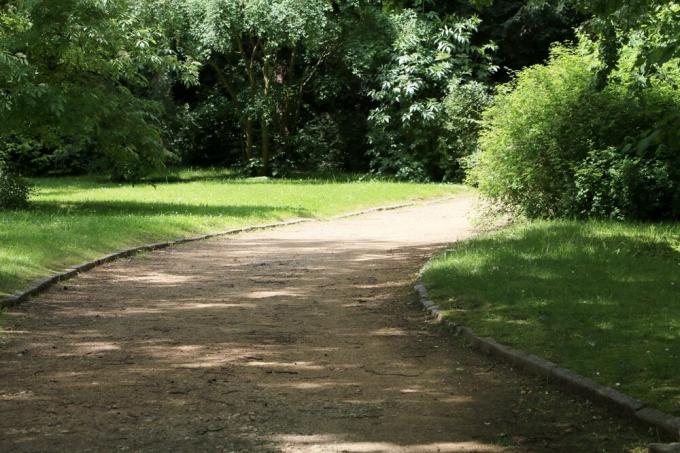
Table of contents
- basic problem
- lawn edging stones
- tools and materials
- dig a ditch
- foundation
- bring foundation
- lay stones
- curves
- suitability for everyday use
The lawn usually takes up by far the largest space in the garden. But that also means, but that also means that it borders practically everywhere - on flower beds, trees and shrubs as well as on sidewalks, sheds and house walls. So it makes perfect sense to separate the individual areas from the lawn with so-called mowing edges. This is even strongly recommended for beds.
basic problem
Grasses have a natural tendency to spread out of control. If you let them run free, they are constantly conquering new terrain. Basically, that's not wrong. In the garden, however, it can lead to a lot of clutter and growth problems. You definitely don't want unwanted weed, especially in beds and shrubs. In order to avoid this, a strict demarcation to the lawn is necessary. So-called lawn edging stones have proven to be ideal. They reliably ensure that the surface growth of the lawn is limited. The prerequisite for this: They must be between ten and 15 centimeters deep in the ground. Consequently, a small setting ditch must be dug for the stones and possibly also for a foundation to accommodate the stone barrier.
lawn edging stones
Lawn edging stones are available from garden retailers or hardware stores. They are available as cast concrete in different shapes and designs or as natural stones. Which one you choose is primarily a question of personal taste – and budget. Natural stones are sometimes significantly more expensive than cast stones. Depending on the design and size, costs of 2.50 to 6 euros per running meter must be expected for cast concrete blocks. How many stones you actually need depends of course on the length of the demarcation that is to be set. Precise measurement is therefore mandatory in advance in order to be able to determine the requirement. It is advisable to measure generously. This is especially true when the stones are not to be arranged in a straight line, but rather curved or arranged in a circle.
Tip:
For larger quantities, you should definitely have the lawn edging stones delivered by truck, as they are quite bulky A considerable weight can quickly accumulate for which your own car is usually no longer sufficient is designed.
tools and materials

The most important tool needed to set lawn edging stones is a so-called paving hammer, with which the stones are pounded into place. You shouldn't even try to hit it with a conventional hammer, as there is a high risk that the stones will break. Paving hammers are available in different versions. The simplest of these is certainly the rubber mallet. The hammer head is not made of metal, but of robust hard rubber. It is perfectly sufficient for the installation of lawn mowing edges. You can get a good rubber mallet in a hardware store for around ten euros. You will also need the following tools:
- spade
- meter stick
- level
- line
- pounder
As far as the other materials are concerned, the effort is also extremely clear. Conventional building sand is generally recommended, on which the stones are placed if they are laid without a foundation. If, on the other hand, a foundation is required, cement and water are required in addition to the sand. If the stones are not to be laid in a straight line, but in a winding or circular pattern, it is advisable to draw the shape on cardboard and cut it out in advance. Conventional boxes are ideal for this.
dig a ditch
First you have to dig a small ditch in which the stones will later find their place. The ditch is logically dug at the border between the lawn and, for example, the flower beds. He follows this limit. To do this, you dig up the ground with a spade. The spade blade specifies the width. The depth, on the other hand, depends on the height of the purchased lawn edging stones. As a rule of thumb, the stones should protrude two to three centimeters above the earth's surface. This maximum of three centimeters must first be subtracted. On the other hand, you should add 1.5 to two centimeters for a sand filling and up to three centimeters for a foundation.
foundation
Incidentally, when digging the trench, it is usually also decided whether a foundation is needed. If the soil turns out to be very clayey, you can safely do without it and make do with a sand base. If, on the other hand, it is very sandy, there must be a foundation to permanently prevent the stones from sinking. Even if it means more work – a foundation is generally recommended. On the one hand, it secures the small stone wall that you pull off. On the other hand, it forms an almost insurmountable barrier for the grass roots.
bring foundation
If the soil is clayey, it is sufficient, as already mentioned, to put a layer of sand in the ditch on which the stones will later lie. This layer should have a maximum height of two centimeters as evenly as possible. Ideal for this is construction or bricklaying sand. If you decide to use a foundation instead, mortar must first be mixed. To do this, mix four parts of coarse bricklaying sand with one part of cement and a relatively small amount of water in a large bucket or tub. The goal is a substance that is as tough as possible. This mortar is then poured evenly into the trench and tamped down with a tamper. As soon as it has dried a bit, the stones can be laid on it.
A notice:
With a 4:1 mixture, the dried mortar can be removed relatively easily later if necessary. So you don't build here for eternity.
lay stones
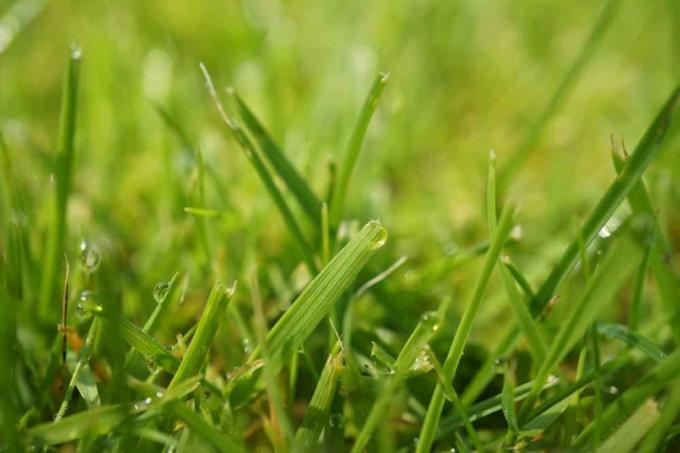
Laying the lawn edging stones is then child's play. It is important that they are as close together as possible. Here you can help with the plaster hammer. The stones are not only knocked down with the hammer from above, but also from the side that is still free. It goes without saying that the stones should be level on the top. Differences in height are leveled out with a hammer. To be on the safe side, you should definitely use a spirit level. In order to achieve a really straight line, it is best to stretch a cord along one of the sides over the entire length, which you can use for orientation. Once all the stones have been laid, the edges of the trench are filled with soil and then pounded or trampled down.
curves
It may be that for aesthetic reasons or simply because the topography dictates it, you don't have to create a straight stone course, but a curved one. First, proceed as described above. In order to get really clean curves, however, it is advisable to use a template that you use again and again when setting the stones. You should also pay special attention to the spaces between the individual stones. As already mentioned, the stones should be as close together as possible. This is usually very difficult to do with round shapes. Usually there are gaps. These should definitely be closed with mortar in order to really seal the lawn barrier.
Once laid, lawn edging stones do not require much attention or maintenance. They are hardly noticeable in everyday life, although the clear demarcation makes mowing the lawn much easier, for example. Incidentally, the height of two to three centimeters that they dig out of the ground is no problem for all common lawnmowers. The stones are of course also hardy and withstand frosts. In autumn you should only clean them with water to remove coarse dirt. Otherwise you are guaranteed to have no more work.
 garden editorial
garden editorial I write about everything that interests me in my garden.
Learn more about gardening of all kinds
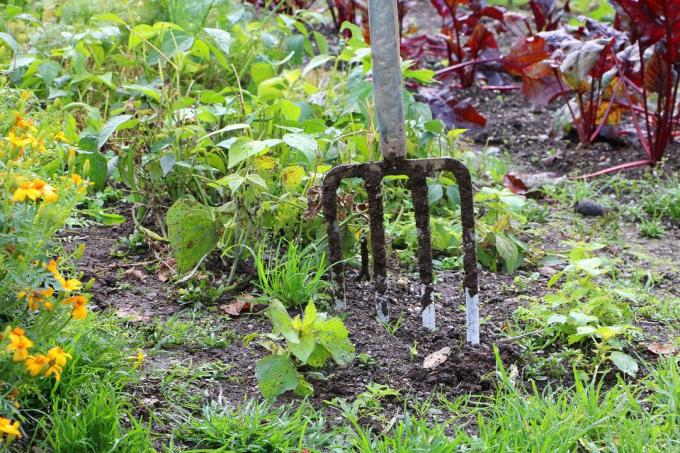
Laying out a garden – you should observe these guidelines
A well-kept garden is a real eye-catcher that enhances the house and property even more. When buying a new property or for seasonal renewal, the garden is designed with many new ideas and concepts. This can be quite expensive if not planned properly. Our article wants to show you how to create your new […]
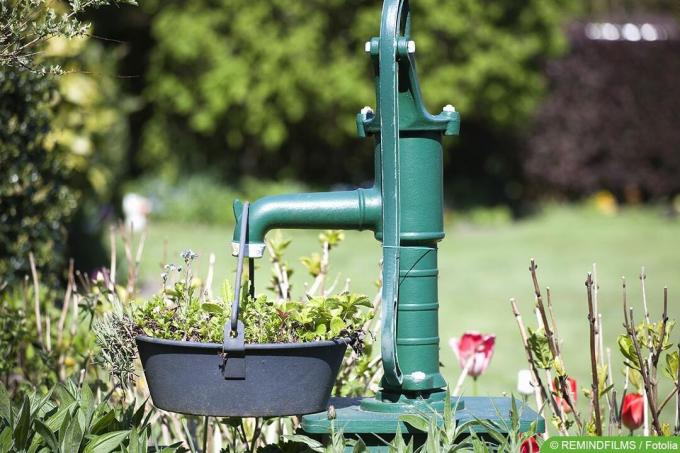
Find water veins: At what depth does groundwater come?
A well on your own property must be connected to the groundwater. It is not always clear where this is located. Luckily, there are several methods that you can use to reliably track down a "water vein" to take advantage of the water source.
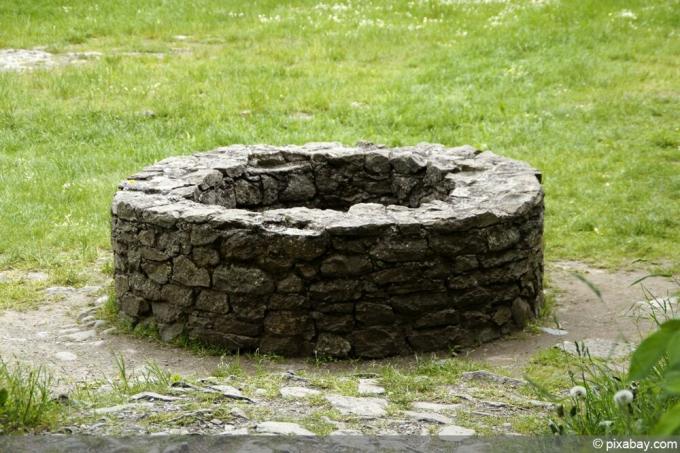
Build your own dowsing rod DIY instructions
Dowsing rods have been a working method for finding water and other things in our environment for centuries. With little effort, you too can easily make your own dowsing rod - with our instructions.
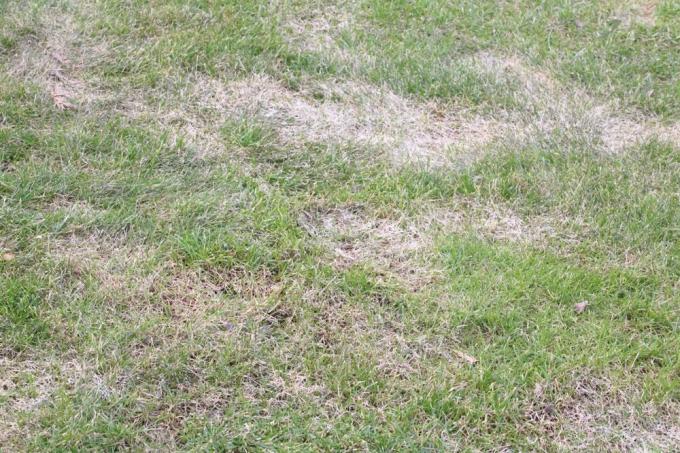
Lawn pavers: how does lawn repair work?
Bald spots or gaps in the lawn are a thorn in the side of many lawn owners. However, overseeding is considered to be tedious work. Relief should Provide lawn pavers that combine many work steps in one.
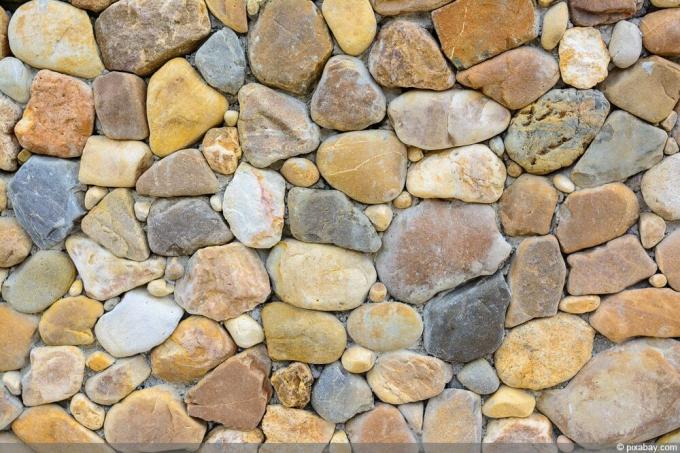
Build a Frisian wall yourself | Costs for a Frisian wall
The Friesenwall is used to separate gardens and flower beds from neighboring properties. It is aesthetic and offers a living space. The costs you will incur depend on the material you have chosen. Choosing DIY will save you money on labor.
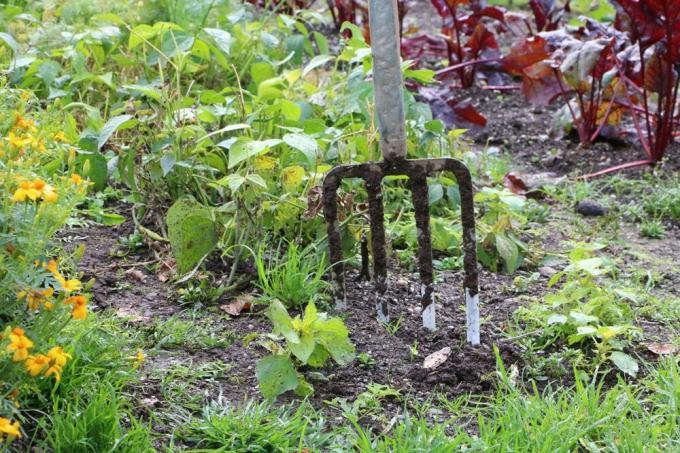
Improve your income with gardening - is that possible?
If you put a lot of time, energy and love into your garden and this then also brings the corresponding successes in the form of a rich harvest shows, you can get the idea of whether you can improve your income with your gardening. We show what you should consider, what pitfalls there are and what opportunities you can offer.


